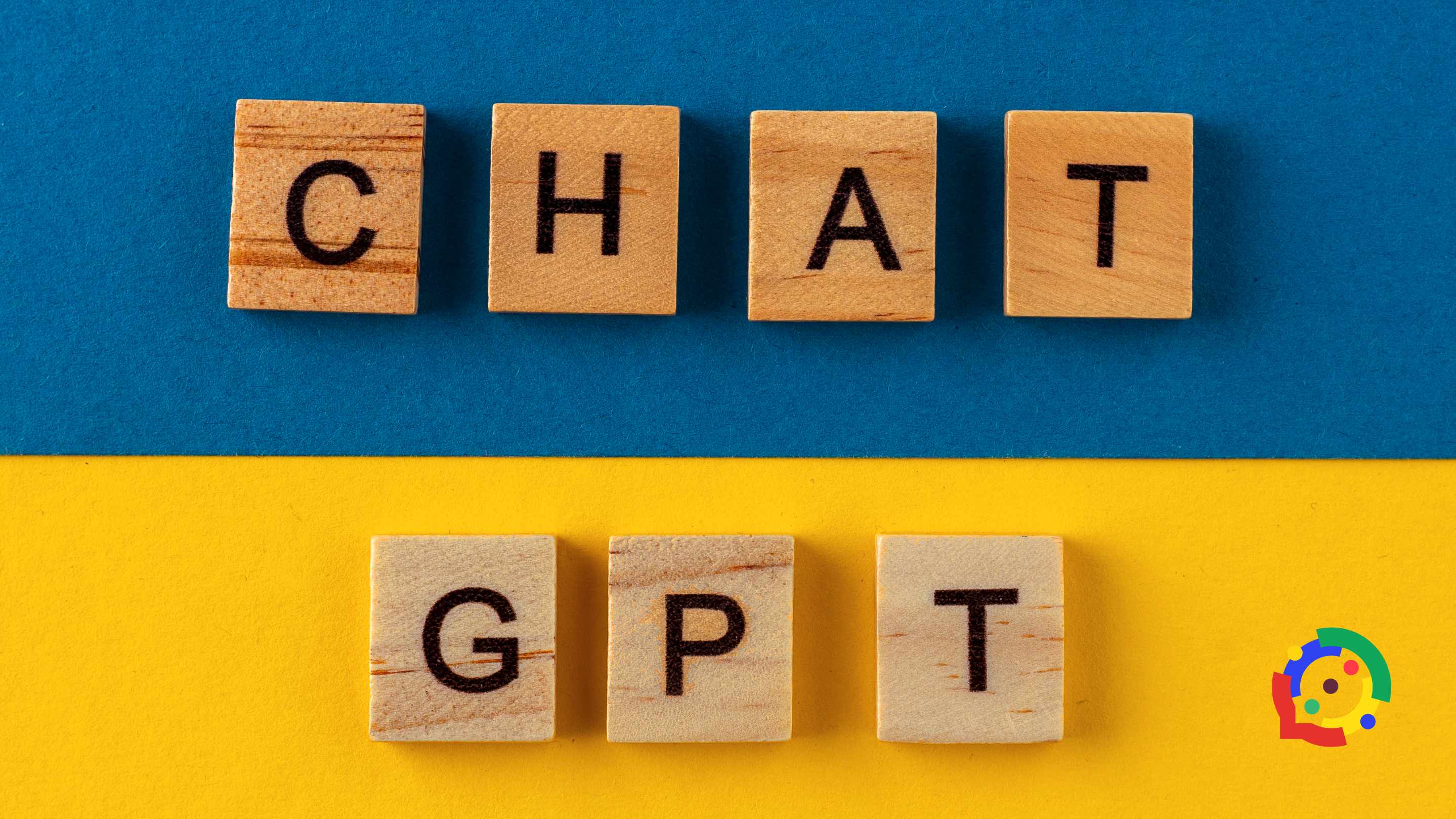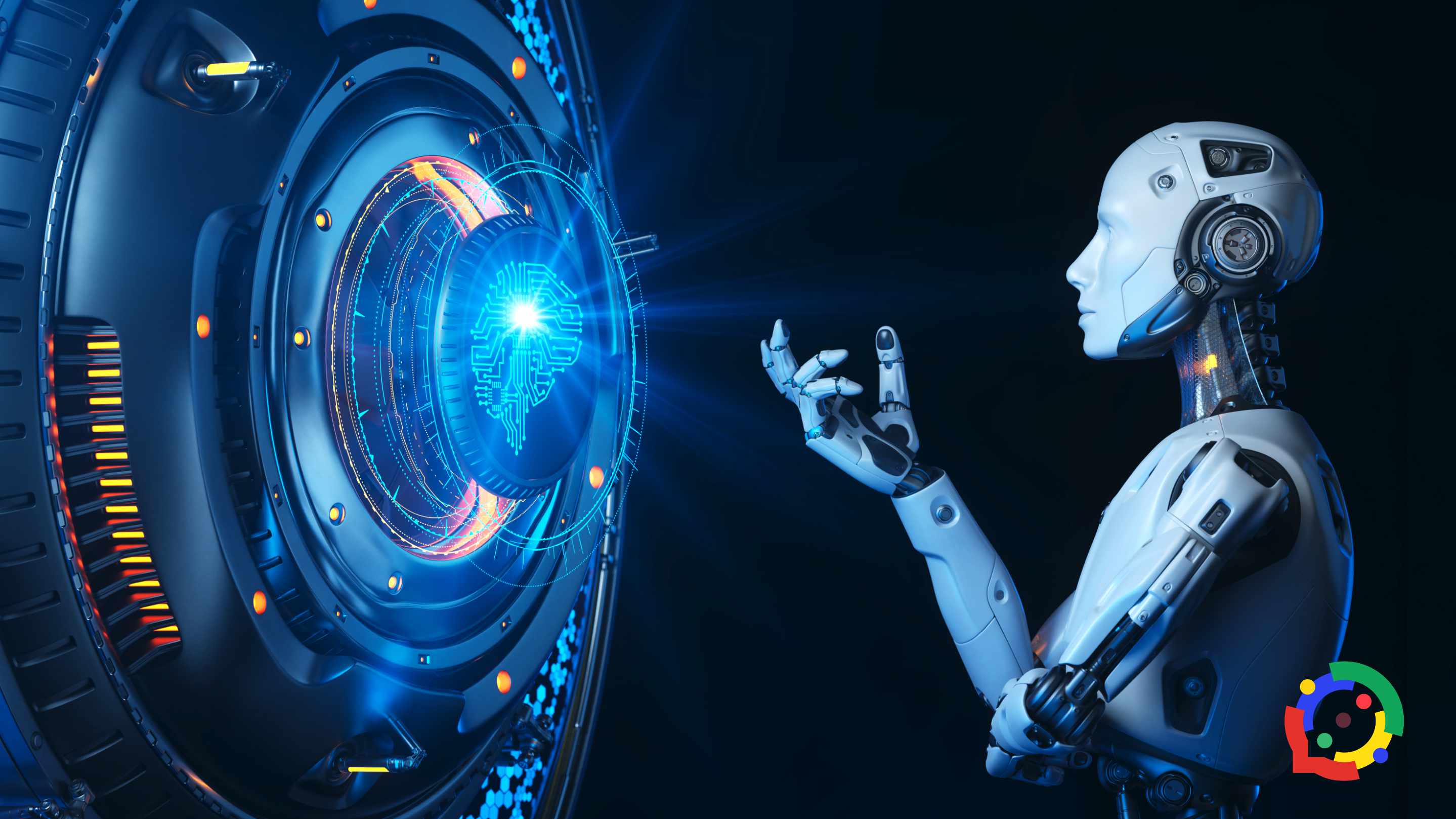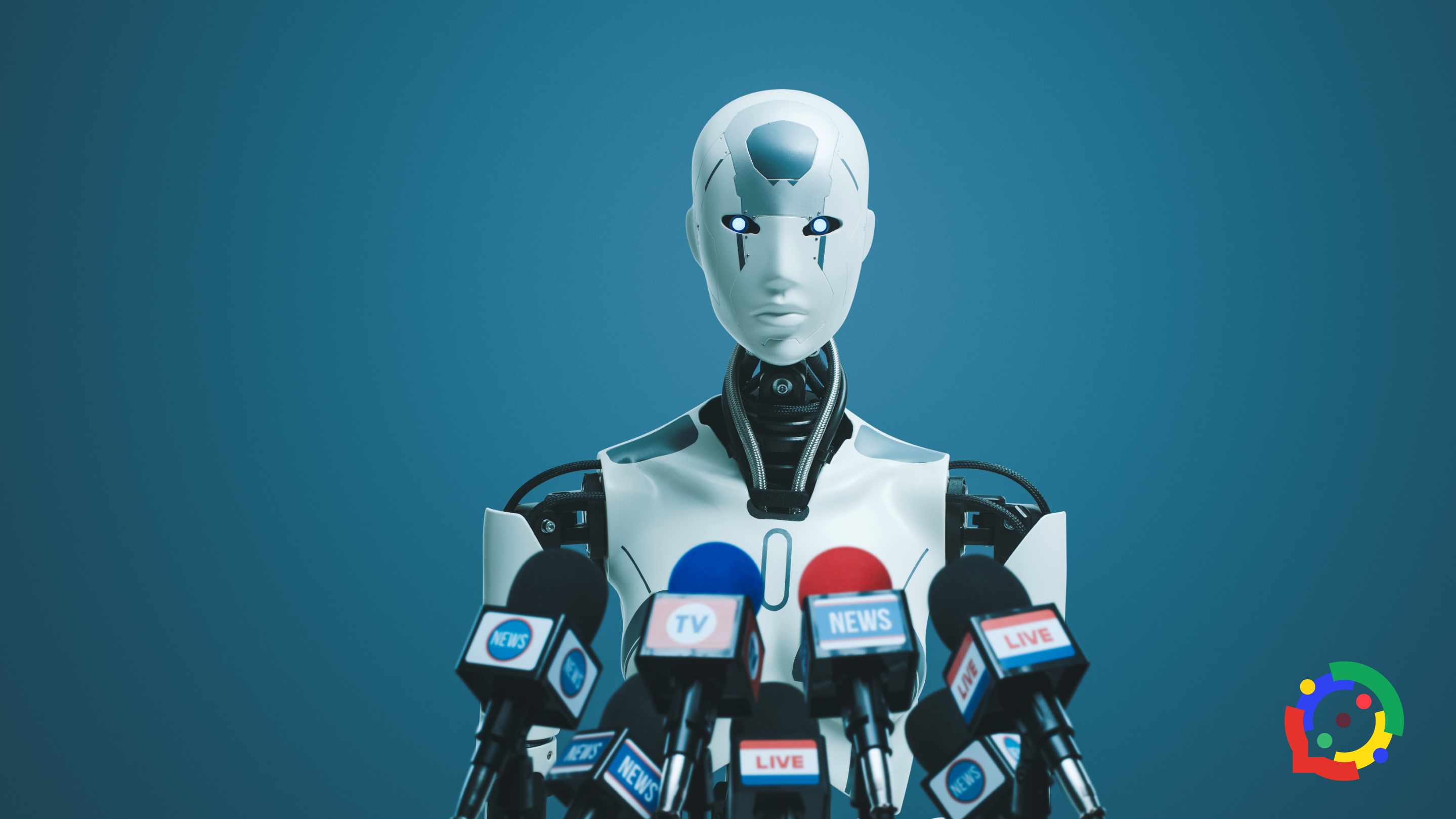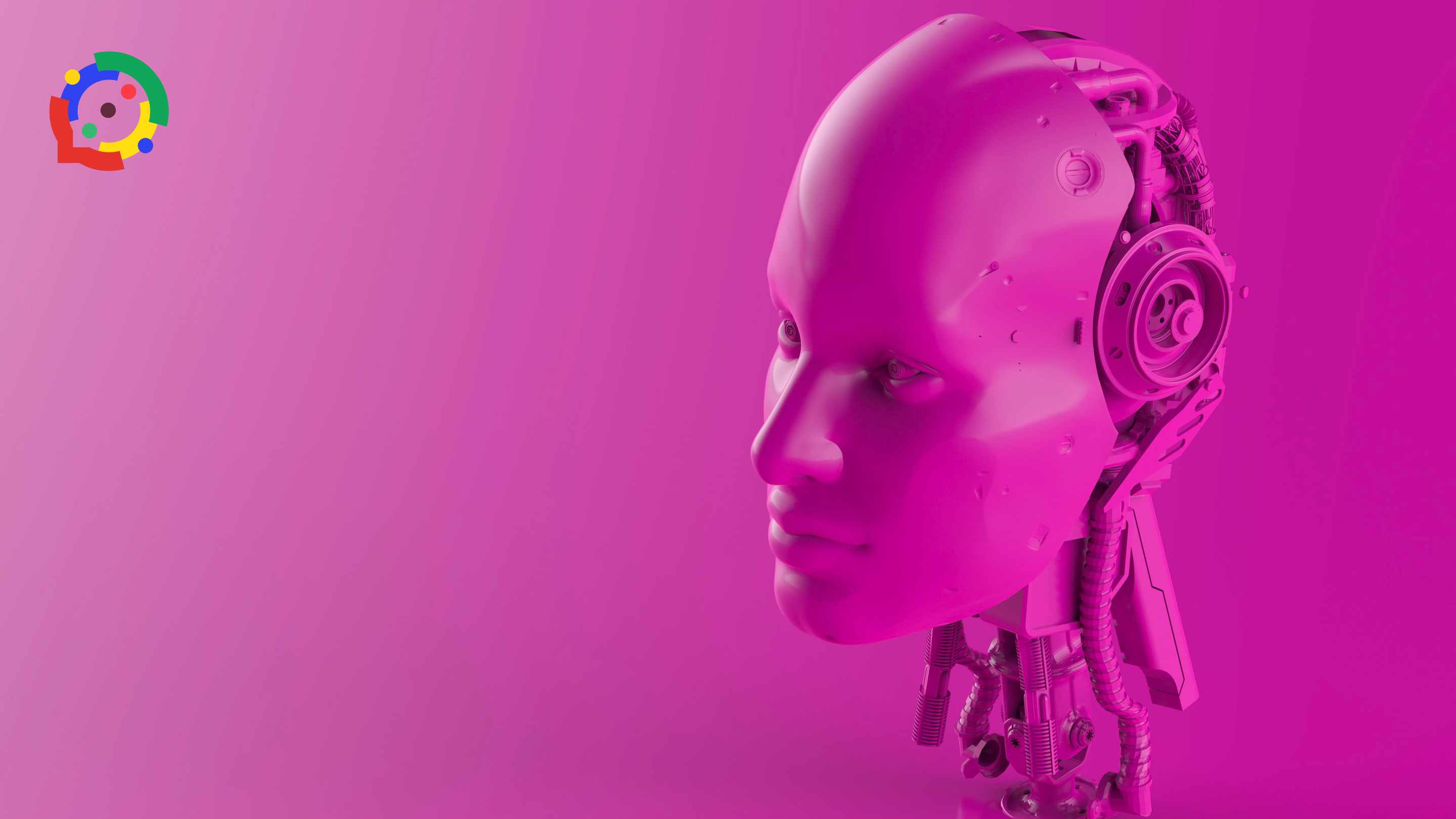The GPT (Generative Pre-trained Transformer) series stands as a remarkable testament to the rapid evolution of artificial intelligence, particularly in the realm of natural language processing (NLP). As technology has advanced, the ability to understand and generate human-like text has become increasingly sophisticated, revolutionizing how we interact with machines and expanding the possibilities of AI applications.
In this blog post, we embark on a journey through the history of the GPT series, tracing its development from the foundational GPT-1 to the groundbreaking GPT-4. This series of language models, developed by OpenAI, has not only pushed the boundaries of what AI can achieve but has also sparked conversations about the ethical implications and societal impact of such advancements.
As we delve into the history of the GPT series, we'll explore the foundational advancements that paved the way for subsequent iterations. We'll also delve into the ethical concerns that arose as the technology progressed and the measures taken to address these concerns. Join us on this captivating journey as we uncover the evolution of the GPT series, from GPT-1 to the pinnacle of language models, GPT-4.
Unleash the Power of GPT-3 Turbo and GPT-4 with MobileGPT
Before we delve into the intricate chapters of the GPT series' evolution, allow us to introduce you to a game-changing product that merges the pinnacle of AI prowess with everyday communication: MobileGPT.

This innovative marvel seamlessly integrates the immense capabilities of GPT-3.5 Turbo and GPT-4, directly into your WhatsApp experience. Imagine a world where your conversations become not just exchanges of words, but gateways to generating content, receiving information, and even tackling complex tasks. MobileGPT is poised to revolutionize your WhatsApp interactions, amplifying your messaging experience in ways that transcend conventional communication.
Empowering Conversations: The Rise of MobileGPT
Gone are the days of conventional messaging; MobileGPT takes communication to an entirely new level. By seamlessly integrating GPT-3.5 Turbo and GPT-4 models, MobileGPT becomes your virtual companion, offering an array of functionalities designed to make your interactions smarter, more efficient, and incredibly versatile.
Unlocking the Potential: Enhanced Functionalities
MobileGPT isn't just a chatbot—it's your multifunctional assistant right within WhatsApp. With its integration of GPT-3.5 Turbo and GPT-4, MobileGPT introduces an array of impressive features that redefine what you can achieve with messaging:
●Generate AI Documents and Images: Need a quick document or an image? MobileGPT creates them for you in an instant, saving you time and effort.
●Talk to PDF Documents and Websites: MobileGPT effortlessly translates text from PDFs and websites into conversational language, making information more accessible than ever.
●Create WhatsApp Reminders and Notes: MobileGPT keeps you organized by generating reminders and notes that you can easily access within WhatsApp.
●Long and Short Research Reports: Whether it's a concise summary or an in-depth analysis, MobileGPT generates research reports tailored to your needs.
The Ultimate Chat Companion: Your Smart Best Friend on WhatsApp
MobileGPT's AI chatbot and assistant capabilities offer more than just text-based responses. Engage in conversations that go beyond the ordinary:
■Get Information: Curious about a topic? MobileGPT provides accurate and relevant information at your fingertips.
■Language Translations: Instantly translate text to different languages, breaking down language barriers effortlessly.
■Mathematical Assistance: MobileGPT tackles math problems, equations, and calculations with ease.
■Content Generation: Whether it's creative writing or professional content, MobileGPT crafts text that resonates.
■Coding Made Easy: From simple scripts to complex code, MobileGPT helps you write code directly from WhatsApp.
Efficiency Meets Convenience: Save, Remind, and More
MobileGPT's capabilities extend beyond the conversation itself. Save notes, retrieve previous outputs, and set reminders for yourself—all seamlessly integrated within WhatsApp. With MobileGPT, you can rest assured that important information and tasks are just a message away.
In a world where technology and communication converge, MobileGPT stands as a testament to innovation's transformative power. With GPT-3.5 Turbo and GPT-4 at its core, MobileGPT reshapes the way you engage with WhatsApp, making every interaction intelligent, efficient, and remarkably insightful. Say hello to the future of messaging—MobileGPT is here to elevate your WhatsApp experience like never before.
Getting Started with MobileGPT
To start experiencing the power of GPT-3.5 Turbo and GPT-4 at your fingertips, click here: https://wa.me/message/TRQTFU2TZDBGP1
GPT-1: The Foundation (2018)
In 2018, OpenAI introduced the world to GPT-1, the first iteration of the groundbreaking Generative Pre-trained Transformer series. GPT-1 marked a significant step forward in natural language processing and AI capabilities. This model showcased the potential of pre-trained language models, setting the stage for subsequent advancements.

Model Architecture and Training Process
GPT-1's architecture was built upon the transformer model, a neural network architecture designed to handle sequential data like text. The transformer's self-attention mechanism allowed GPT-1 to capture contextual relationships between words, resulting in more coherent and contextually accurate text generation.
The training process of GPT-1 involved massive amounts of text data from the internet, enabling the model to learn patterns, grammar, and semantic relationships present in human language. The model was pre-trained on a diverse range of texts, making it capable of generating text on a wide array of topics.
Achievements and Limitations of GPT-1
GPT-1 achieved several notable milestones, including generating human-like text that exhibited a semblance of coherence and relevance. It could answer questions, complete sentences, and even create short stories. Its ability to understand context and generate text based on prompts showcased its potential for various applications, from chatbots to content creation.
However, GPT-1 also had its limitations. While it could generate text that appeared coherent on the surface, it often lacked deeper understanding and could produce nonsensical or factually incorrect statements. The model's limitations in handling long-range dependencies and maintaining consistency over longer passages were evident.
Despite its imperfections, GPT-1 laid the foundation for subsequent iterations. Its ability to generate text with a semblance of human-like fluency sparked intrigue and enthusiasm within the AI community, propelling researchers and developers to explore further refinements in the GPT series.
GPT-2: Unleashing the Power (2019)
In 2019, OpenAI unveiled GPT-2, a monumental leap in the evolution of the GPT series. GPT-2 boasted an astonishing scale, with 1.5 billion parameters, making it significantly larger and more powerful than its predecessor, GPT-1. This enhanced scale translated into improved text generation capabilities, allowing GPT-2 to produce more coherent, contextually relevant, and human-like text.

Controversy Surrounding Initial Withholding
The release of GPT-2 was met with both excitement and apprehension. Due to its unprecedented capabilities, OpenAI initially chose not to release the full model out of concerns about potential misuse. There were fears that the technology could be exploited to generate deceptive content, disinformation, or even deepfake-like text. This decision sparked a debate about the balance between technological advancement and the potential risks associated with its unregulated deployment.
Exploration of Applications and Impact
Despite the initial withholding, researchers and developers began exploring the potential applications of GPT-2 in various domains. The model showcased its prowess in creative writing, automated content generation, chatbots, and even text-based games. GPT-2's ability to simulate natural language made it a valuable tool for improving language translation, text summarization, and even aiding those with disabilities through text-to-speech applications.
Ethical Concerns and Mitigations
Addressing Biased, Offensive, or Harmful Outputs
One of the significant ethical concerns surrounding GPT-2 was the potential for biased, offensive, or harmful outputs. The model learned from vast amounts of internet text, which inevitably contained biases and inappropriate content. This raised concerns about perpetuating and amplifying existing societal biases through the model's text generation.
Measures Taken by OpenAI
OpenAI recognized the importance of addressing these concerns and took steps to mitigate potential issues. They employed filtering mechanisms and moderation systems to prevent the generation of harmful or inappropriate content. While these measures were effective to some extent, challenges remained in achieving a balance between preventing harmful outputs and maintaining the model's creative and generative capabilities.
GPT-3: Redefining Possibilities (2020)
In 2020, OpenAI unveiled GPT-3, marking a groundbreaking advancement in the GPT series. GPT-3 dwarfed its predecessors with a staggering 175 billion parameters, making it one of the largest language models ever created. This immense scale translated into unprecedented text generation capabilities, enabling GPT-3 to produce remarkably coherent, contextually accurate, and human-like text.

Impressive Use Cases Across Industries
GPT-3's capabilities had a profound impact on a multitude of industries. Its versatility and capacity to understand context led to impressive use cases:
- Content Creation: GPT-3 became a go-to tool for generating blog posts, articles, and marketing content. Its ability to write in different styles and tones made it a valuable asset for writers and marketers alike.
- Conversational AI: Chatbots and virtual assistants powered by GPT-3 exhibited a level of conversational sophistication previously unattainable. They could hold contextually relevant conversations and provide personalized responses.
- Coding Assistance: GPT-3 demonstrated its potential in assisting programmers by generating code snippets based on natural language descriptions of tasks.
- Language Translation: The model showcased remarkable capabilities in translating text between languages, offering an innovative approach to overcoming language barriers.
- Medical Research: GPT-3's natural language understanding made it a valuable resource for medical professionals, aiding in analyzing research papers, generating medical reports, and even proposing treatment options.
Consideration of Environmental Impact and Computational Resources
The impressive capabilities of GPT-3 came at a cost. The massive computational resources required for training and fine-tuning these large models raised concerns about their environmental impact. The energy consumption and carbon footprint associated with training such models highlighted the need for energy-efficient AI infrastructure and sustainable practices in AI research.
Efforts were made to optimize training techniques and explore ways to reduce the resource-intensive nature of training while maintaining performance. However, the debate about the trade-offs between model size, performance, and environmental impact remained a topic of discussion within the AI community.
Overview of Training Techniques from GPT-1 to GPT-3
The evolution of the GPT series brought about significant advancements in training techniques. From GPT-1 to GPT-3, the models underwent refinement and innovation that revolutionized their performance and capabilities.
Unsupervised and Few-Shot/Fine-Tuning Learning
GPT-1 primarily relied on unsupervised learning, where the model learned from a massive amount of text data without any specific task-oriented supervision. This approach laid the foundation for subsequent models. However, it was with GPT-3 that OpenAI introduced the concept of "few-shot" and "fine-tuning" learning.
In GPT-3, the model's training data included a variety of prompts and examples, allowing it to generalize from these examples and perform specific tasks with just a few-shot examples. Fine-tuning, a process of training a pre-trained model on a smaller dataset specific to a particular task, further enhanced the model's performance on specific applications.

Impact of Increased Data and Model Size on Performance
One of the key factors in the evolution of training techniques was the increase in both training data and model size. GPT-1 was trained on a substantial amount of text data, but GPT-3 took this to a whole new level. With a colossal dataset and 175 billion parameters, GPT-3 demonstrated improved language understanding, coherence, and generation.
The increase in model size came with advantages and challenges. On the positive side, larger models demonstrated higher language proficiency and could generate more contextually relevant text. However, this also posed challenges such as increased computational requirements, energy consumption, and concerns about overfitting or generating verbose outputs.
Incorporating more data and parameters led to enhanced capabilities in understanding nuanced language patterns, capturing long-range dependencies, and producing creative outputs. However, it also necessitated the development of new training strategies to ensure that the models remained tractable and practical for real-world applications.
GPT-4: Pinnacle of Language Models? (2023)
In 2023, OpenAI introduced GPT-4, the latest iteration in the GPT series. GPT-4 builds upon the foundations laid by its predecessors, aiming to further refine the balance between language understanding, context generation, and ethical considerations. With each iteration, the GPT series has pushed the boundaries of what's possible in natural language processing, and GPT-4 is no exception.
Breakthroughs in Understanding Context, Generating Coherent Content, and Reducing Biases
GPT-4 showcases advancements in several critical areas. Its enhanced understanding of context enables it to generate text that not only aligns with a given prompt but also maintains context over longer passages, resulting in more coherent and contextually accurate content. The model's ability to generate diverse and creative outputs while avoiding repetition and verbosity is another notable breakthrough.
Furthermore, GPT-4 incorporates improved techniques for reducing biases in generated content. By leveraging augmented datasets and employing advanced algorithms, GPT-4 aims to minimize biases and produce content that is fair, balanced, and respectful.
Speculation on Potential Use Cases and Challenges
GPT-4's refined capabilities open the door to a plethora of exciting use cases across various industries. From more advanced content creation to even more sophisticated conversational AI, GPT-4 has the potential to revolutionize the way businesses and individuals interact with AI-powered systems. Its ability to assist professionals in complex tasks such as legal research, medical diagnosis, and scientific analysis could further accelerate progress in these fields.
However, along with its impressive advancements, GPT-4 might face challenges. As model size and complexity increase, concerns about computational resources, energy consumption, and the potential environmental impact of training and deploying such models might intensify. Striking a balance between capabilities and ethical considerations remains a critical challenge, as ensuring responsible AI use becomes increasingly important.
GPT-4's journey could also spark discussions about AI's role in creative expression, intellectual property, and the extent to which AI-generated content should be attributed to humans.
Nonetheless, GPT-4 stands as a testament to the rapid evolution of natural language processing and AI capabilities. As we look ahead, the potential for GPT-4 to redefine human-AI interaction, solve complex problems, and address societal challenges remains an intriguing prospect, reminding us that the journey of AI innovation is ongoing and full of exciting possibilities.
Speculation on Possible Directions for Future GPT Models
As we look ahead to the future of the GPT series, it's evident that the journey of innovation is far from over. Future GPT models might continue to push the boundaries of scale, accuracy, and creativity. We can expect models that exhibit an even deeper understanding of context, allowing for more nuanced and human-like interactions. Innovations in multimodal capabilities, where models understand and generate text in conjunction with other forms of media like images and videos, could open up new avenues for content generation and communication.
Additionally, GPT models might move towards enhanced explainability, providing insights into how they arrive at specific conclusions and generate particular responses. This would not only improve trust in AI systems but also pave the way for applications in critical decision-making processes.
Consideration of the Role of AI Ethics and Regulations
As GPT models and AI technologies evolve, the role of AI ethics and regulations becomes paramount. Stricter guidelines might be established to ensure that AI-generated content is transparent, fair, and devoid of biases. Collaborative efforts between AI researchers, policymakers, and industry stakeholders will likely play a significant role in shaping ethical standards and establishing responsible AI practices.
Regulations might also be introduced to address concerns related to the misuse of AI-generated content, privacy implications, and the potential for deepfake-like manipulation. Striking the right balance between technological advancement and safeguarding against negative consequences will be a key challenge.
Conclusion
The journey through the history of the GPT series, from its inception with GPT-1 to the remarkable capabilities of GPT-4, has been a testament to the rapid evolution of AI and natural language processing. With each iteration, the GPT series has redefined what's possible in generating human-like text, interacting with AI, and shaping the future of technology.
As the GPT series continues to evolve and AI technologies advance, staying informed becomes paramount. The impact of AI is felt across industries, affecting the way we work, communicate, and navigate our lives. Staying aware of the latest advancements, understanding their implications, and participating in discussions about AI ethics and regulations are crucial steps for ensuring a positive and responsible AI future.









